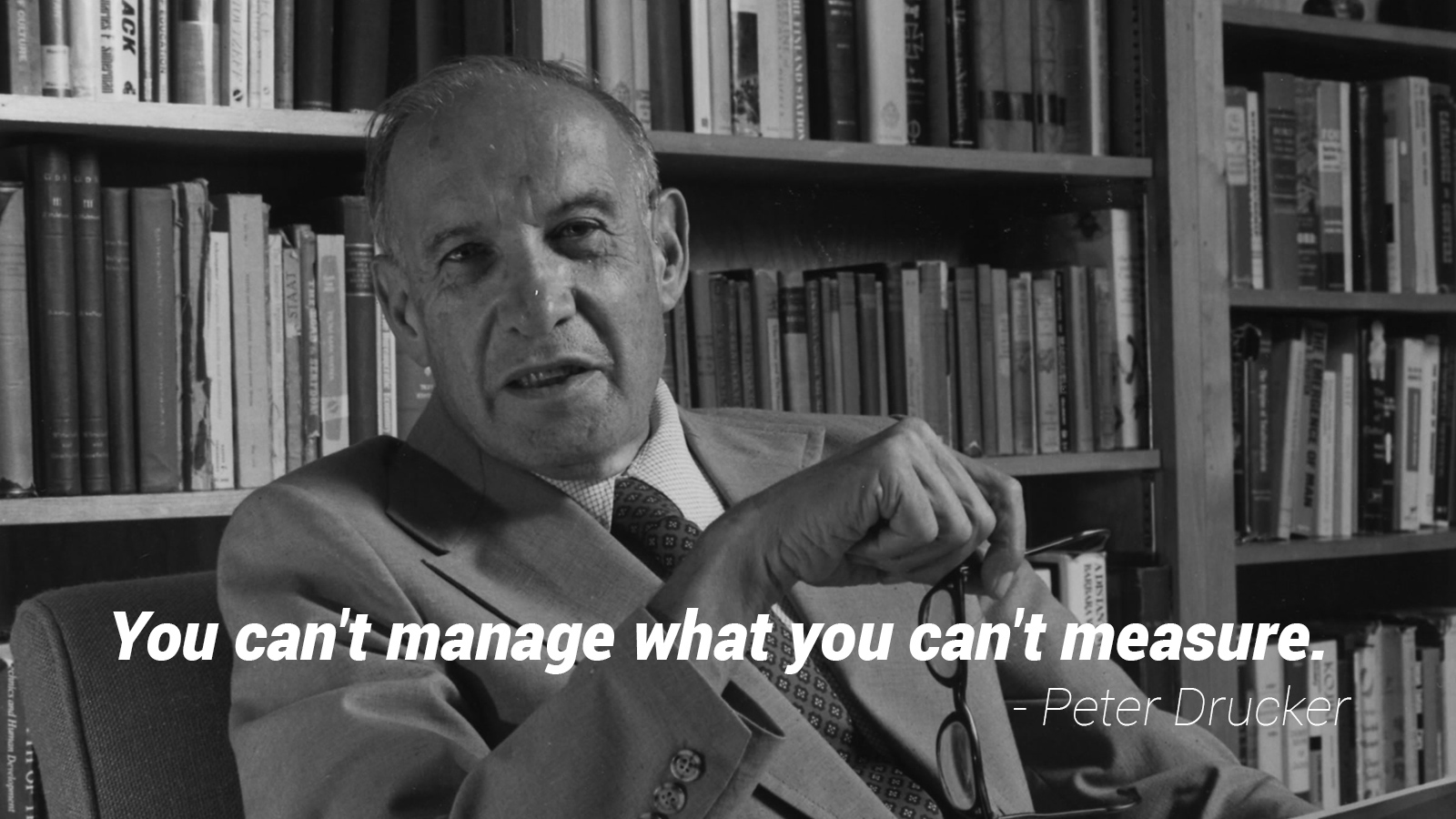
What is a Conversion in Marketing?
A conversion is a measured action taken by a person. In the field of Digital Marketing there are many actions which can be measured.
The most common conversion actions we measure are:
- Phone calls
- eCommerce sales
- Form submissions
- Sign-ups and registrations
Not installing conversion tracking is one of the most common mistakes I see business owners and marketers making.
Business Management philosopher Peter Drucker said simply “You can’t manage what you can’t measure.”. Measuring and managing conversions is one of, if not the most important aspect of advertising online. You cannot know whether your marketing campaigns are successful unless success is defined and measured. When you define a metric for success you can measure that success and adjust your marketing campaigns to produce the desired outcome. Without a clearly defined metric you are simply guessing how effective your marketing is.
Take two scenarios:
a) A business runs an Google Advertising Campaign online. The receptionist explains I know exactly how many phone calls I receive because I answer them all day. So an increase in phone calls must be to due to the advertising campaign. At the end of the advertising campaign the receptionist explained there were no more phone calls than the previous month! The business owner claimed the advertising campaign failed.
b) A business runs an Google Advertising Campaign online. Phone calls are tracked and measured. At the end of the advertising campaign there were no more phone calls than the previous month. However the advertising campaign was a success driving 30 Phone calls to the business. What happened during the month, the business owner turned off their Facebook advertising campaign in an attempt to measure the results of the Google Advertising Campaign. The business owner usually spends $500 a month on Facebook so this advertising budget was saved. However the Google Advertising budget only used $300 and resulted in the same number of phone calls.
Simply by measuring phone call conversions Business B is in an excellent position to grow their business spending the $300 a month on Google followed by $200 a month on Facebook. Resulting in more phone calls for less money. Unfortunately Business A is back to the drawing board and still guessing. The next step for Business B is to increase their conversion rate.
What is a Conversion Rate?
A conversion rate is the percentage of people who make a conversion out of the total number of people. For example a website receives 100 visitors in the month. 20 of those visitors make a purchase and therefore result in a conversion. The conversion rate is 20% as 20 out of the 100 visitors made a purchase. Your websites key performance indicator is its Conversion Rate. Measuring and managing the conversion rate week to week and month to month is the best way to improve it. The process of improving your conversion rate is called Conversion Rate Optimisation or CRO for short.
What is Conversion Rate Optimisation (CRO)?
Conversion Rate Optimisation is the process of increasing an advertising campaign or websites Conversion Rate. The most common method of Conversion Rate Optimisation is called Split Testing or A/B Testing.
What is Split Testing?
Split Testing is the method of conducting a controlled test between two or more experiments with the goal of improving the number of Conversions and Conversion Rate.
Split Testing is the most underutilized method of growing a business. Split Testing is also one of the most important, fastest and most powerful ways to increase sales. The largest companies in the world spent millions using it for decades on TV and Radio to increase sales. In Digital Marketing the cost of Split Testing much more affordable making it available to small and medium businesses.
A split test can be something as simple as the colour of your phone number. A red phone number results in a 15% conversion rate while a green phone number results in a 20% conversion rate.
It can be as complex as two completely separate web pages. Page A has a 40% conversion rate while Page B has a 20% conversion rate.
At the end of a Split Test, it’s essential to understand why the test resulted in an improvement. So that result can be tested again and improved.
In an AdWords Management Case Study our Conversion Rate Optimisation resulted in an increase of phone calls from 28 to 70 using the same budget, a 150% increase.
My advice for all business owners is the same, get tracking! Start Split Testing and improving your Conversion Rates! It’s the most affordable and effective method to growing your business. Especially if you’ve never done it before!


